To ask about pruning in the West Portland and Washington County areas, EMAIL Rod at rod@rodsgarden.50megs.com Please include your location.
Rod Smith of Rod's Garden has been providing expert pruning and landscape advice since 1993. He earned a BS in Horticulture from Iowa State University, and worked at orchards and nurseries in Iowa, Wisconsin and Missouri before coming to Oregon in 1983. Rod is a former Iowa Certified Nurseryman and Oregon Certified Nursery Professional. He also teaches a Home Gardening Series for Portland Community College Community Ed since 1993.
Proper pruning makes trees and shrubs more shapely and attractive. Most trees and shrubs look best when they have a symmetrical shape and uniform density. Pruning can also reduce disease problems and promote health by opening up the plant so light and air can flow into it. Pruning can make plants grow faster for larger flowers and fruit, or grow slower to the fit into a smaller space.
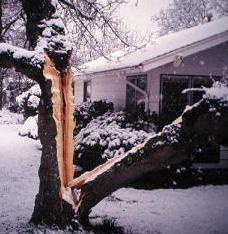
The most important time to prune trees is when they are young. This helps trees establish a good structure to support the weight of limbs, fruit and snow. Light, corrective pruning every year for the first five to ten years will prevent serious problems later. Double leaders and narrow crotches need to be corrected before they develop a weak crotch which will lead to broken limbs and split trunks.
Late winter is the traditional time to prune because this makes plants grow more vigorously. However, over pruning in the winter causes lots of suckers and watersprouts. Late spring or early summer is the time to remove suckers and watersprouts. Spring blooming plants should be pruned right after they bloom because winter pruning will cut off the flower buds. Trees and shrubs that are growing too large or too fast should be pruned in June or July, because summer pruning slows down the growth rate.
Evergreens branches can be thinned out any time of year, but heading back or shearing is best done just before or after the spring flush of new growth. For many evergreens, a single shearing in early to mid summer is all that is needed. Shearing evergreens in late summer or winter is not recommended because it will leave brown edges until they are covered by the new growth.
Pine trees must be sheared at the soft candle stage, when the needles are just emerging from the new growth. The soft candle stage usually occurs in May or June.
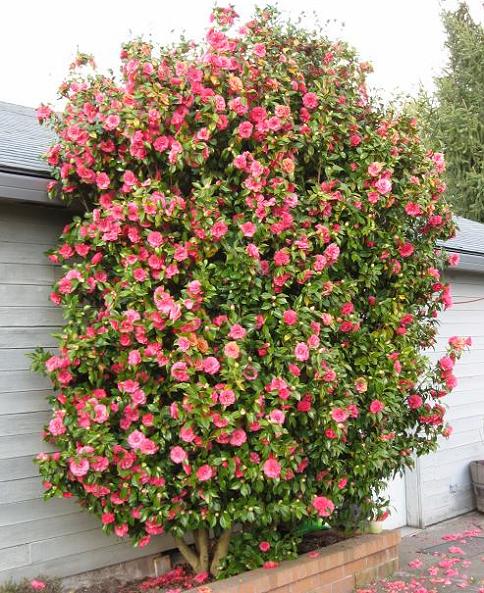
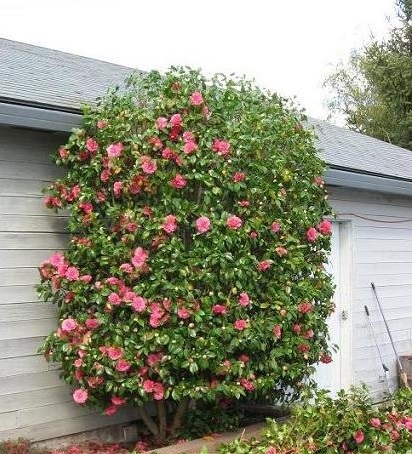 Camellia before and after pruning
Camellia before and after pruning
Different pruning styles of pruning provided by Rod Smith of Rod's Garden Pruning.
The Informal style features a looser, more natural look. Trees and shrubs are still roughly symmetrical while not being tightly clipped. Informal and natural landscapes look best with Informal pruning. Rod has developed a special technique to prune off unwanted branches while leaving unpruned twigs for a natural look.
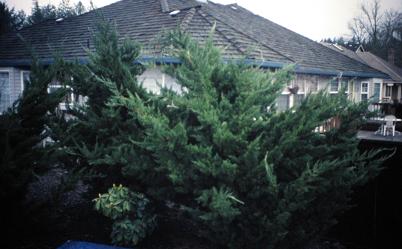
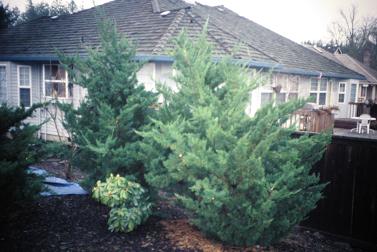 Hollywood Junipers before and after pruning
Hollywood Junipers before and after pruning
Rod has a special style of pruning Laceleaf Japanese Maples that he calls "Peek-a-boo Pruning." Trees are nicely rounded, then the branches are thinned out enough that the trunk and main branches are visible through a canopy of leaves.
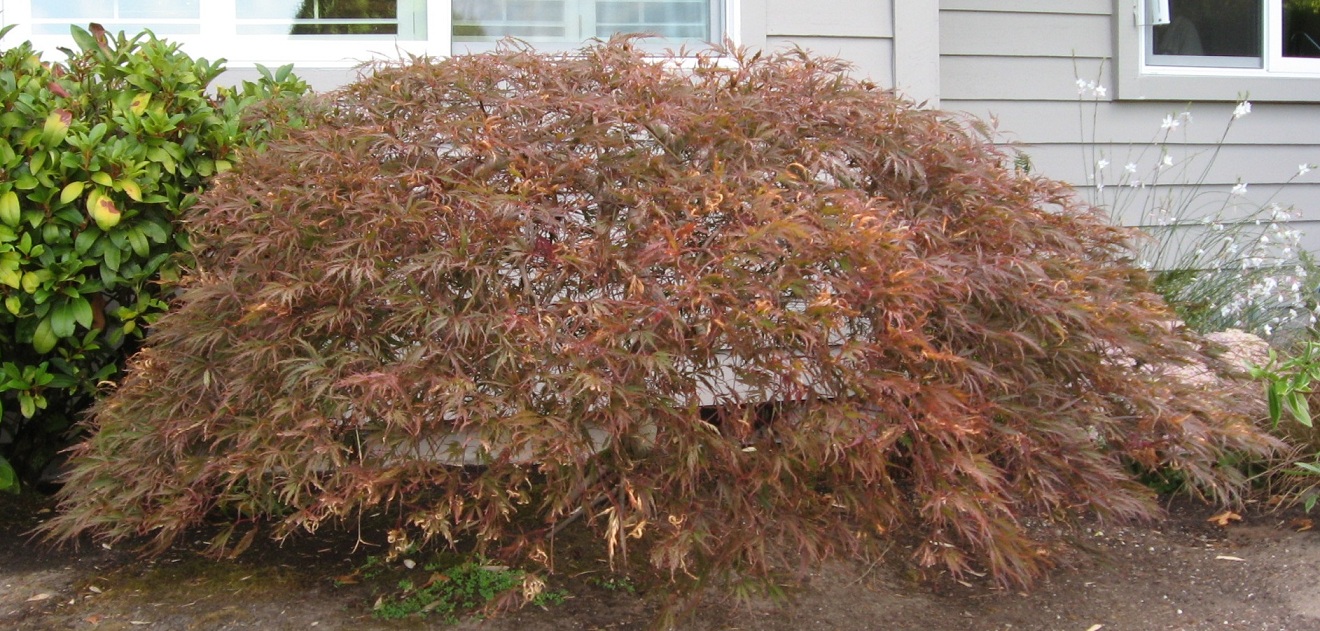
Rod also is experienced in pruning for special situations.
Sometimes trees or shrubs become so overgrown and ugly that they detract from the landscape. Instead of ripping them out and replacing them with a new plants, some can be rejuvenated. Some plants can be cut way back and will regrow to become an attractive plant again.
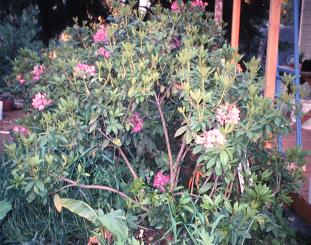
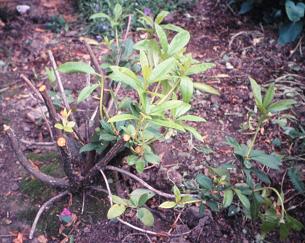
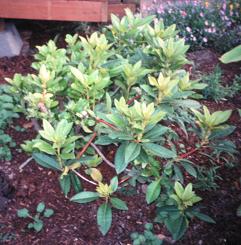
Fruit Production pruning puts much more emphasis on fruit production than on shape. Branches are pruned to encourage the development of fruit producing branches and to remove the branches that produce few fruit or poor quality fruit. Disease problems are reduced by opening up branches to let in light and air. Fruit trees are pruned to develop strong limbs capable of carrying a full load of fruit with minimal breakage. Fruit production requires finding a balance between the number of fruit and the quality of fruit. Rod has many years experience pruning apples, cherries, pears, plums, blueberries, grapes and blackberries.
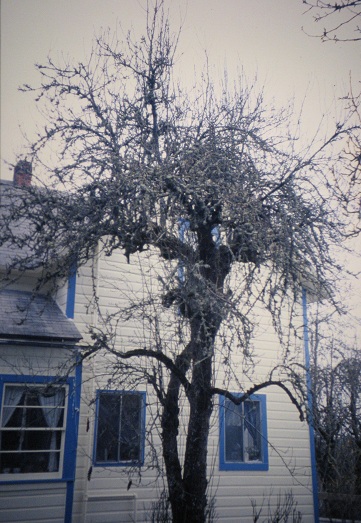
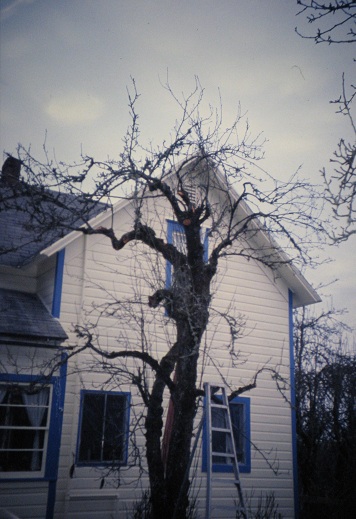
While most pruning makes plants grow more vigorously, Rod has developed techniques to make plants grow more slowly to fit into a crowded space. This is especially important as bigger houses are being built on smaller lots.
To receive a free estimate on pruning in the West Portland and Washington County areas, EMAIL Rod at rod@rodsgarden.50megs.com or call 503-484-4774. Please include your location.
Roses
Seasonal Pruning Guide
Trees and Shrubs in the Landscape
Water Wise Gardening
Winter Plant Protection